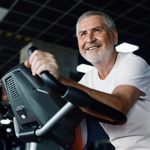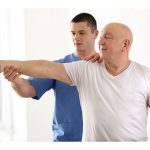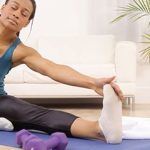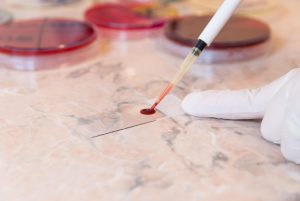
Regular exercise has a long list of health benefits, and a new study suggests another one could be added: a lower risk of Parkinson’s disease. The study, of nearly 99,000 French women, found that those who were most physically active day to day were 25% less likely to develop Parkinson’s over three decades, versus women who were more sedentary. That does not prove that exercise, per se, is responsible, the researchers said. At the same time, they say it’s unlikely that the link reflects “reverse-causation” — women in the earliest stages of Parkinson’s being less likely to exercise. That’s because the study assessed the women’s exercise habits for up to 20 years before their Parkinson’s diagnosis. And since regular exercise clearly has benefits anyway, the findings could be seen as another motivator to get moving, said senior researcher Dr. Alexis Elbaz. “Physical activity has beneficial effects on many body systems, including the bones, heart and lungs,” said Elbaz, a research professor at the French national research institute INSERM in Paris. “And our findings show that physical activity might also contribute to preventing or delaying Parkinson’s disease.” Parkinson’s disease affects nearly 1 million people in the United States, according to the Parkinson’s Foundation. It is a brain disease that gradually destroys or disables cells that produce dopamine, a chemical that helps regulate movement and emotional responses.… read on > read on >






































